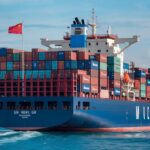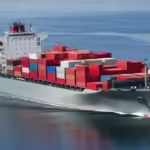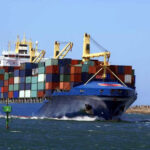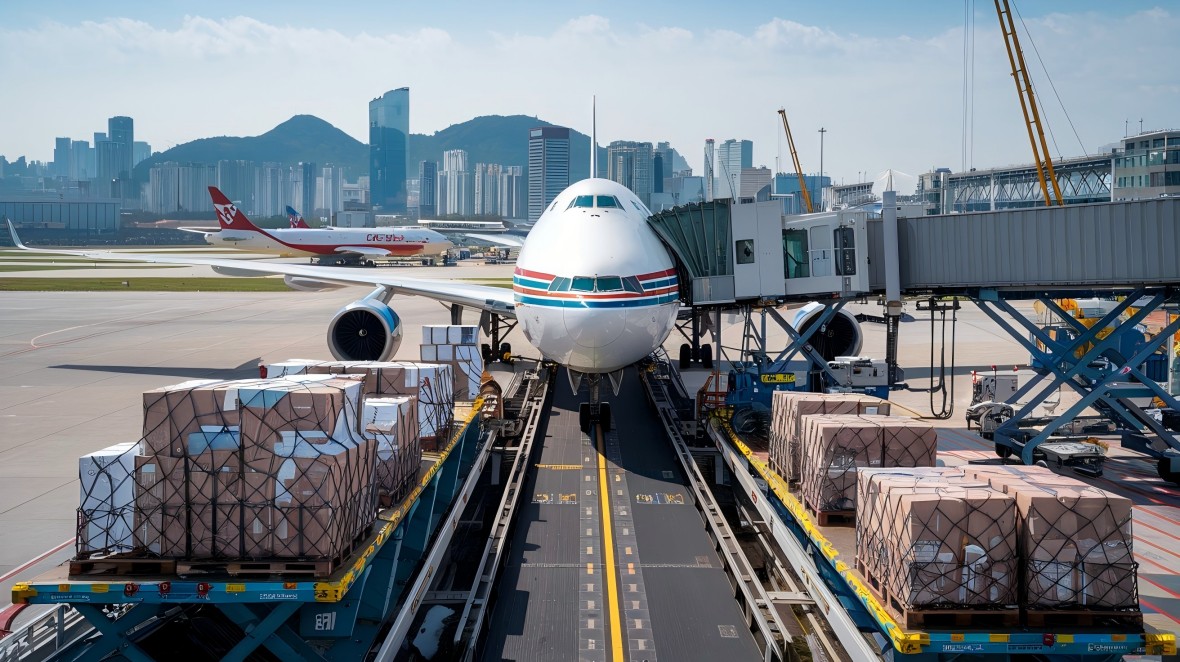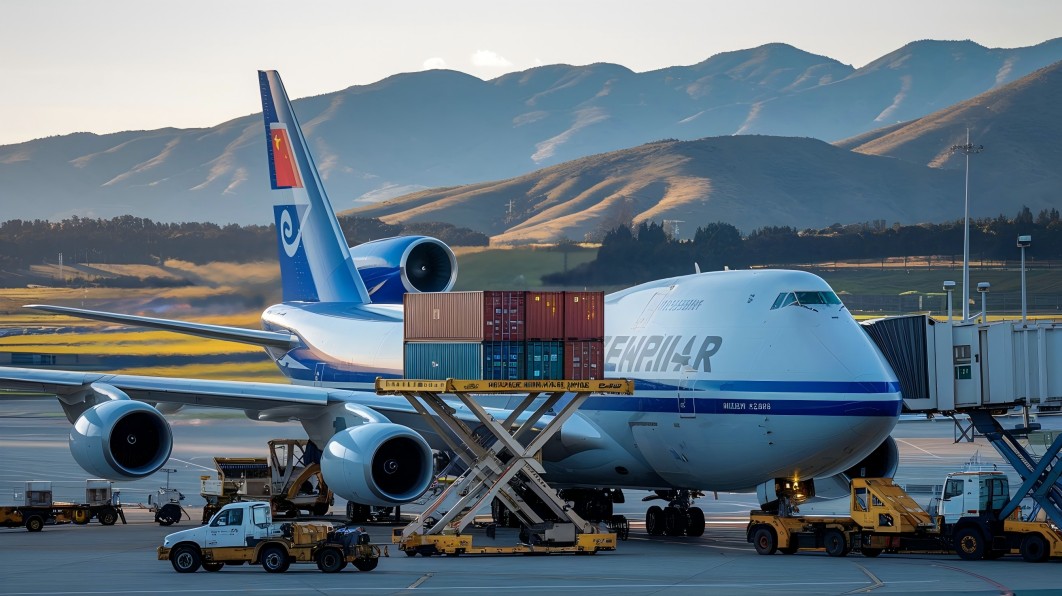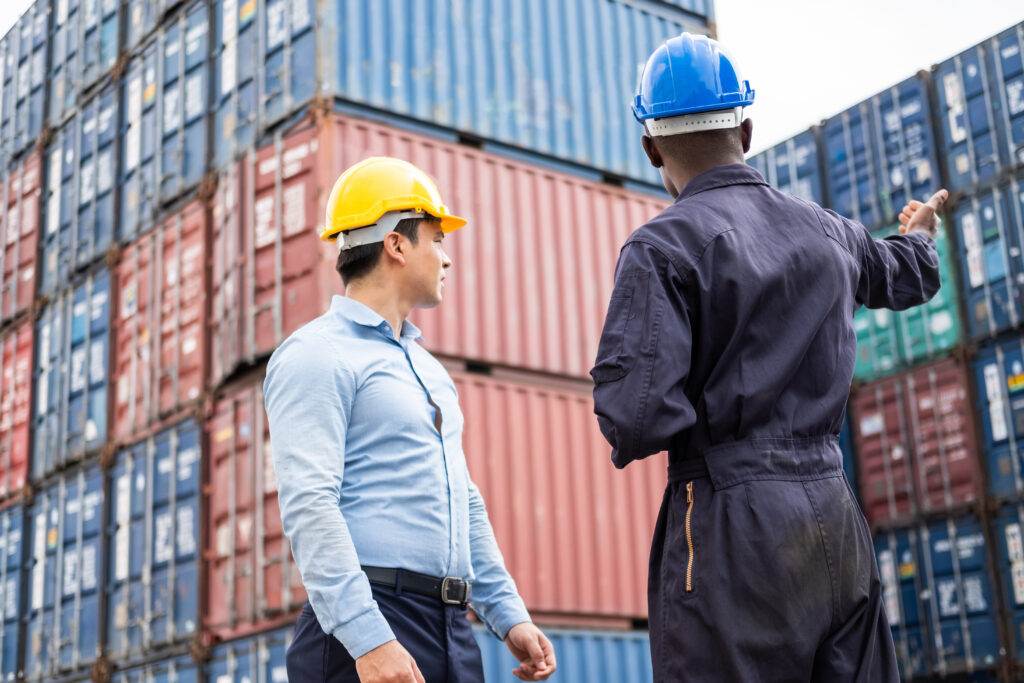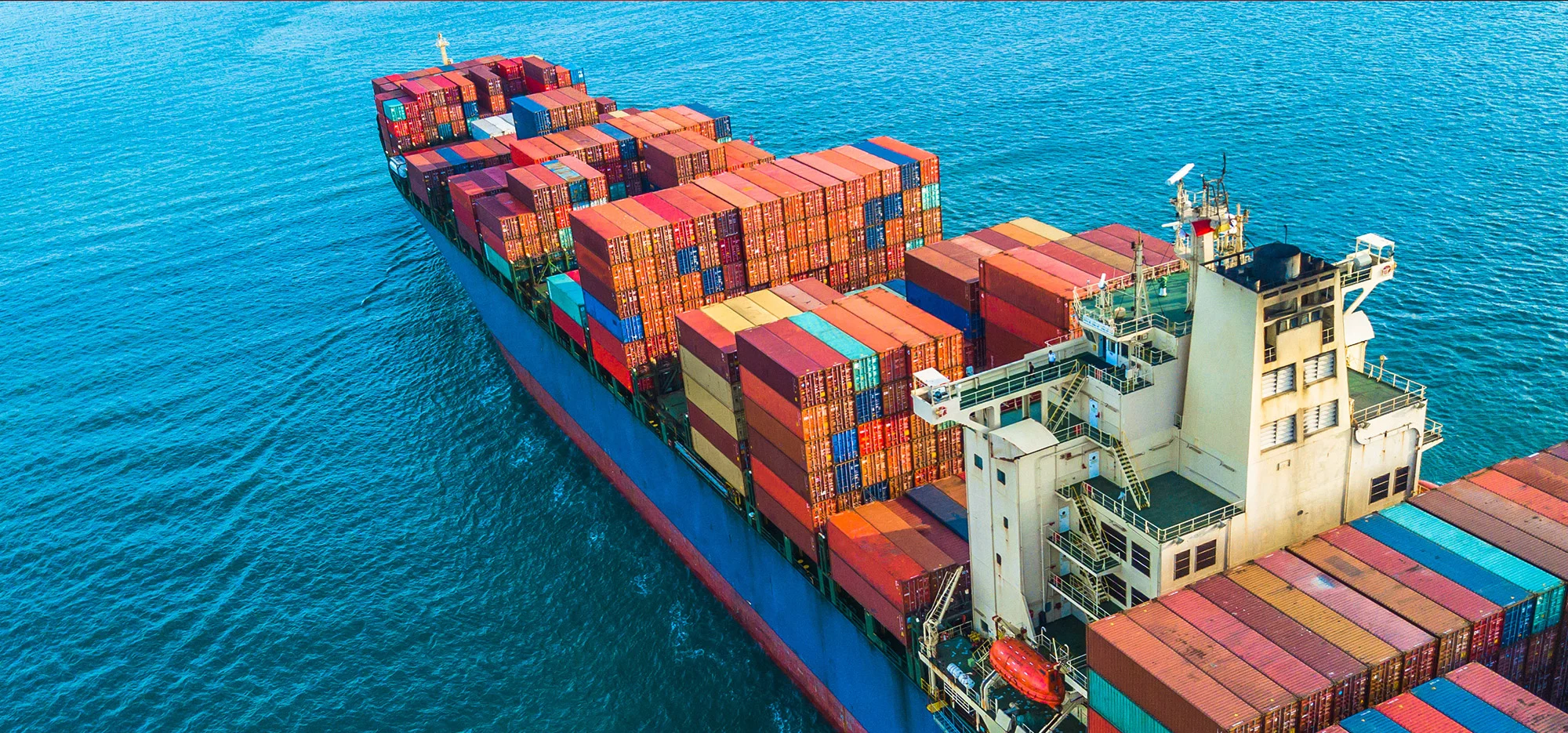Navigating the complexities of sea freight from China to Costa Rica can be a daunting task for importers. With the growing reliance on maritime logistics as a cost-effective and reliable shipping method, understanding the intricacies of this process is crucial for businesses looking to source products internationally. This guide will provide a comprehensive overview of the essential steps, documentation, and best practices involved in shipping goods by sea. Whether you are new to international trade or seeking to optimize existing operations, this step-by-step resource will equip you with the knowledge needed to ensure a smooth and efficient sea freight experience.
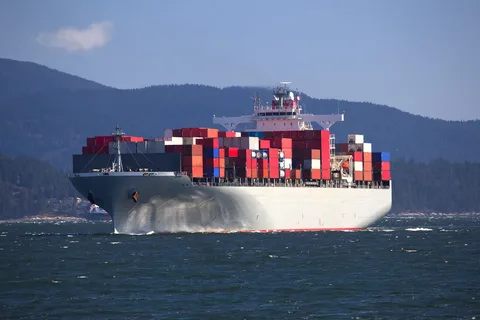
Understanding Sea Freight Shipping From China to Costa Rica
International trade has witnessed a significant shift towards maritime logistics, and sea freight shipping is one of the most cost-effective and reliable methods of transporting goods across vast oceans. As more businesses look to source products from China, understanding the nuances of shipping to destinations like Costa Rica is essential for facilitating seamless imports.
What is Sea Freight Shipping?
Sea freight shipping refers to the process of transporting goods via cargo ships across international waters. This method is widely used for bulk and large shipments due to its capacity to handle substantial volumes of cargo. Goods are typically loaded into containers, which are then secured on large vessels for transit. Sea freight is particularly advantageous for its low cost per ton compared to other shipping methods such as air freight.
Benefits of Sea Freight from China to Costa Rica
Shipping goods via sea freight from China to Costa Rica offers numerous benefits:
| Benefit | Description |
|---|---|
| Cost-Effectiveness | Sea freight is significantly cheaper than air freight, making it ideal for large shipments. |
| Environmental Impact | Maritime shipping generally has a lower carbon footprint than air transportation, contributing to sustainability. |
| Capacity | Ships can carry a vast amount of cargo, suitable for bulky goods and large shipments. |
| Safety and Security | Cargo is securely stored within containers, minimizing risks associated with damage and theft. |
| Flexibility | Multiple shipping schedules and routes are available, offering flexibility based on your needs. |
Types of Sea Freight Services
When shipping from China to Costa Rica, businesses can choose from several sea freight services:
- Full Container Load (FCL): Best for large shipments where an entire container is used exclusively for one shipment.
- Less than Container Load (LCL): Suitable for smaller shipments where multiple shipments share container space, reducing costs for smaller volumes.
- Reefer Services: Specialized containers equipped to transport perishable goods requiring temperature control.
- Flat Rack Services: Ideal for oversized cargo that cannot fit into standard containers.
You may be interested in the following related articles:
- Shipping From China to El Salvador
- Shipping From China to Honduras
- Shipping From China to Venezuela
- Shipping From China to Jamaica
- Shipping From China TO Colombia
- Shipping From China to Brazil
- Shipping From China to Panama
Preparing for Your Sea Freight Shipment
Preparation is crucial for ensuring a smooth sea freight shipment process. By taking the time to understand various factors, you can optimize your shipping strategy.
Calculating Cargo Volume and Weight
Before shipping, accurately calculating the cargo volume and weight is essential. This information helps determine shipping costs and ensures compliance with shipping regulations. Here’s how to approach it:
- Volume Calculation: Measure the dimensions (length, width, height) of your cargo in meters. Use the formula:
Volume = Length × Width × Height - Weight Calculation: Weigh your cargo using appropriate scales. If your goods have significantly varying weights, ensure that you note the individual weights of each item for accurate reporting.
Choosing Between FCL (Full Container Load) and LCL (Less Than Container Load)
Deciding between FCL and LCL largely depends on the volume of goods you intend to ship:
| Criteria | FCL | LCL |
|---|---|---|
| Best For | Large shipments | Smaller shipments |
| Cost | More economical for bulk | Cost-effective for smaller volumes |
| Transit Time | Generally faster | Longer due to consolidation processes |
| Risk of Damage | Lower risk | Higher risk due to shared space |
Selecting the Right Container Size
Choosing the right container size is crucial for maximizing efficiency and cost-effectiveness. Standard container sizes include:
| Container Type | Dimensions (L x W x H) | Volume (CBM) | Typical Use |
|---|---|---|---|
| 20-foot Container | 6.06m x 2.44m x 2.59m | 33 CBM | Common for general cargo |
| 40-foot Container | 12.19m x 2.44m x 2.59m | 67 CBM | Ideal for larger shipments |
| 40-foot High Cube | 12.19m x 2.44m x 2.89m | 76 CBM | Suitable for bulky goods |
Selecting the appropriate container size will help you avoid unnecessary shipping costs and ensure that your goods arrive in optimal condition.
When navigating the complexities of international shipping, partnering with a reliable freight forwarder can provide valuable expertise in logistics management. Dantful International Logistics offers comprehensive door-to-door shipping services, ensuring that your imports from China to Costa Rica are handled with professionalism and efficiency. Our customs clearance, warehouse services, and specialized insurance services can further streamline your logistics process.
Essential Documents for Sea Freight From China to Costa Rica
When shipping goods via sea freight from China to Costa Rica, ensuring all documentation is in order is crucial for a successful transit. Each document serves a specific purpose and plays an essential role in the shipping process. The following are key documents required for sea freight:
Commercial Invoice
The commercial invoice is a fundamental document that details the sale transaction between the buyer and seller. It includes important information such as:
- Seller’s and buyer’s information
- Invoice number and date
- Description of goods
- Unit price and total amount
- Payment terms
This document is vital for customs clearance and is often used to assess duties and taxes.
Packing List
The packing list complements the commercial invoice by providing an itemized breakdown of the contents of each shipment. Information included typically covers:
- Dimensions and weight of each package
- Quantity of items
- Description of goods
- Packaging type (e.g., boxes, pallets)
Providing a precise packing list ensures accurate customs inspections and smooth unloading procedures at the destination port.
Bill of Lading
The bill of lading (B/L) is a crucial legal document issued by the carrier that serves as a receipt for the cargo and a contract for transportation. It includes details such as:
- Consignee and shipper information
- Description of the cargo
- Shipping terms and conditions
- Signature of the carrier
The B/L is necessary for claiming the cargo upon arrival and is often required for customs clearance.
Certificate of Origin
The certificate of origin is a document that certifies the country where the goods were produced. This document may be required for certain products to determine eligibility for preferential tariffs. It includes:
- Name and address of the manufacturer
- Description of goods
- Country of origin
Having this document can facilitate smoother customs processing in Costa Rica.
Customs Declaration Forms
Customs declaration forms are essential for both export and import processes. These forms provide customs authorities with necessary information about the goods being shipped, including:
- Details on the nature and value of the shipment
- Classification codes (HS codes) for tariffs
- Declaring any restricted or prohibited items
Accurate completion of these forms is critical for compliance with customs regulations.
The Sea Freight Shipping Process Step-by-Step
Navigating the sea freight shipping process requires careful planning and execution. The following outlines the key steps involved in shipping from China to Costa Rica.
- Obtaining a Freight Quote and BookingThe initial step involves obtaining a freight quote from a trusted freight forwarder. This includes:
- Providing shipment details to the freight forwarder, such as cargo type, dimensions, weight, and destination.
- Agreeing on shipping terms and rates, including any additional services required, like insurance or customs clearance.
- Confirming the booking once both parties are satisfied with the terms outlined.
- Cargo Pick-Up and Delivery to the PortAfter booking, the next step involves:
- Arranging for cargo pick-up from the supplier’s location in China.
- Transporting the goods to the port of departure, ensuring all necessary documentation accompanies the cargo.
- Export Customs Clearance in ChinaPrior to departure, the cargo must clear export customs in China:
- Submitting required documents such as the commercial invoice, packing list, and customs declaration forms.
- Paying export duties and taxes as applicable.
- Loading and Ocean TransportationOnce cleared, the cargo is loaded onto the vessel:
- Loading the cargo into the assigned shipping container.
- Transit time from China to Costa Rica varies but typically ranges between 20 to 30 days, depending on the route and shipping conditions.
- Import Customs Clearance in Costa RicaUpon arrival in Costa Rica, import customs clearance must be completed:
- Submitting import documents, including the bill of lading and customs declaration forms.
- Paying import duties and taxes as per Costa Rican customs regulations.
- Cargo Unloading and Delivery to the Final DestinationThe final step involves:
- Unloading the cargo at the port of arrival in Costa Rica.
- Arranging for final delivery to your warehouse or facility, ensuring that all documents are presented for clearance.
Challenges of Sea Freight
While sea freight is a preferred method of shipping for many businesses, several challenges need to be navigated effectively:
Longer Transit Times: Planning for Delays
Sea freight can often involve longer transit times due to various factors, including weather conditions, port congestion, and logistics management. Businesses should plan accordingly by maintaining realistic delivery schedules and preparing for potential delays.
Weather-Related Risks: Ensuring Cargo Safety
Shipping by sea exposes cargo to unpredictable weather conditions, which can pose risks such as delays or damage. To mitigate these risks, shippers should consider:
- Using weather-resistant packaging for sensitive goods.
- Choosing reputable carriers known for effective handling during adverse weather.
Tips for a Smooth Sea Freight Experience
To enhance the efficiency of your sea freight shipping experience, consider the following practical tips:
Choosing a Reliable Freight Forwarder
Partnering with an experienced freight forwarder can streamline the shipping process. Look for a provider with a strong market reputation, expertise in international logistics, and a comprehensive range of services, such as Dantful International Logistics, which offers tailored shipping solutions.
Packing and Labeling Your Cargo Properly
Ensuring that your cargo is packed securely and labeled clearly is vital to avoid damage and facilitate smooth customs clearance. Use robust materials and provide detailed labeling that includes the content description, handling instructions, and destination information.
Tracking Your Shipment During Transit
Utilize shipping technology to track your shipment in real-time. Many freight forwarders offer tracking systems that allow shippers to monitor their cargo’s status, providing peace of mind and enabling proactive management of any issues.
Preparing for Potential Delays or Unexpected Events
Despite meticulous planning, unforeseen circumstances can occur. Prepare for potential delays by:
- Maintaining open communication with your freight forwarder.
- Building flexibility into your supply chain to accommodate changes in delivery timelines.
By understanding the documentation, processes, challenges, and best practices involved in sea freight from China to Costa Rica, importers can effectively manage their shipping operations and ensure a successful import experience.

Young Chiu is a seasoned logistics expert with over 15 years of experience in international freight forwarding and supply chain management. As CEO of Dantful International Logistics, Young is dedicated to providing valuable insights and practical advice to businesses navigating the complexities of global shipping.


